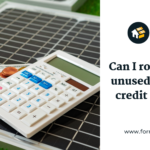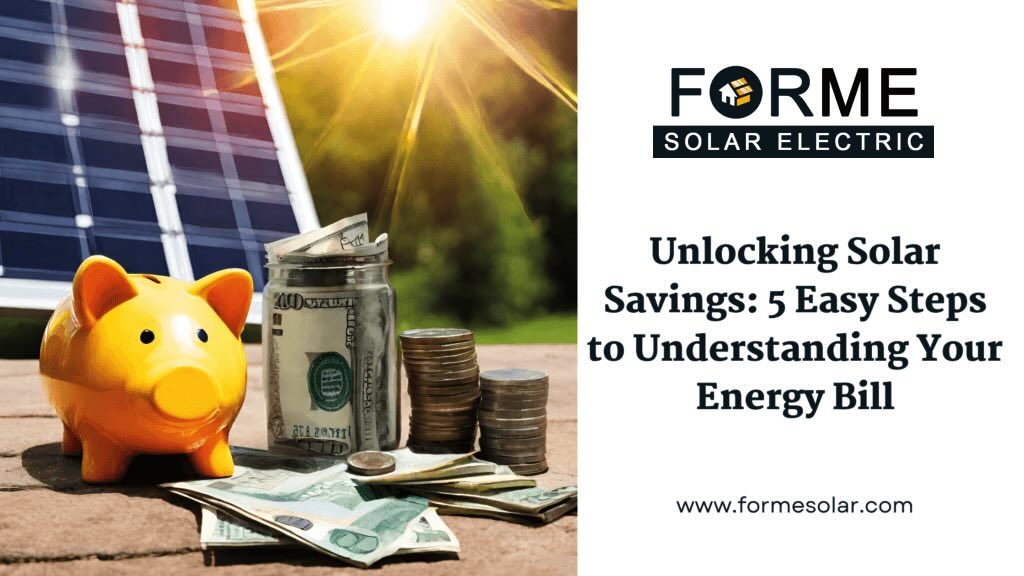
Table of Contents
Unlocking Solar Savings: 4 Easy Steps to Understanding Your Energy Bill
Identify the bill you’re reading and your billing system
Depending on where you live in the country, your electricity bill can be bundled with other municipal bills – so it's important to know what you're looking at! Electricity consumption is measured in kilowatt-hours (kWh), and understanding your PG&E bill involves grasping the various sections and charges associated with your energy usage. To accurately identify the bill you're reading and comprehend the details of your billing system, let's break down the key components of your PG&E statement.
Example of electric bill:
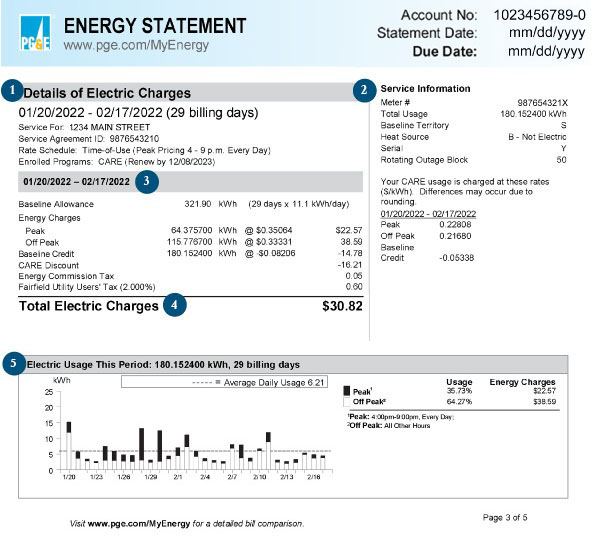
- Details of Electric Charges: This segment encompasses your pricing plan. It delineates the duration of the service and verifies the location where electricity was delivered. Your service agreement ID is distinct from your account number and encapsulates the specific terms of your arrangement with PG&E, encompassing the rate plan. Additionally, this portion provides details about your rate schedule, shedding light on the type of utility service you are subscribed to and the method employed for bill calculation.
- Service Information: You can find the details of your electric meter. The meter records and monitors your electricity consumption.
- Electricity usage: This section pertains to the amount of electricity utilized within a specified period.
- Understanding your electric charges begins with knowing about kilowatt hours (kWh). Kilowatt hours are the units used to measure your electric usage. Your monthly bill is determined by the amount of electricity, measured in kWh, that you use.
- Electricity consumed during 'peak' hours incurs a higher charge compared to electricity used during 'part-peak' and 'off-peak' hours.
- Total Electric Charges: Total electricity charges, including the credits and taxes. The total charges for your electric use, including any credits and applicable taxes.
- Electric Usage This Period: Indicates the times you used the most energy this month. The visual daily usage chart illustrates the days with the highest electricity consumption. It also displays the amount of energy used during peak, part-peak, and off-peak periods. Utilize this chart to visually identify when you're using more energy and make informed decisions on reducing your energy expenses.
Understand your breakdown of charges
Your energy bill comprises various charges, not just for the electricity used but also for supporting the utility in grid maintenance and employee salaries. Essentially, your electric bill consists of two main parts: a supply (or generation) charge and a transmission and distribution (or delivery) charge. The supply charge accounts for electricity generation costs, while the transmission and distribution charges encompass the expenses associated with delivering the electricity.
Additionally, be attentive to additional fees associated with taxes, renewable energy, and energy efficiency. In regions with a deregulated energy market, exploring alternative suppliers might offer a chance to secure power at a more competitive rate.
As illustrated, various charges constitute my electricity bill, predominantly linked to my monthly usage. Yet, a fixed customer charge is also owed to the utility every month.
Breakdown of bill charges:

It's also possible that you are living in an area with demand charges or time-of-uses rates; if so, you'll face higher electricity expenses during periods of heightened demand or specific times of the day. For instance, if you're on a time-of-use rate plan with peak pricing set from 4 to 9 p.m. daily.
Breakdown of delivery charges with peak pricing:
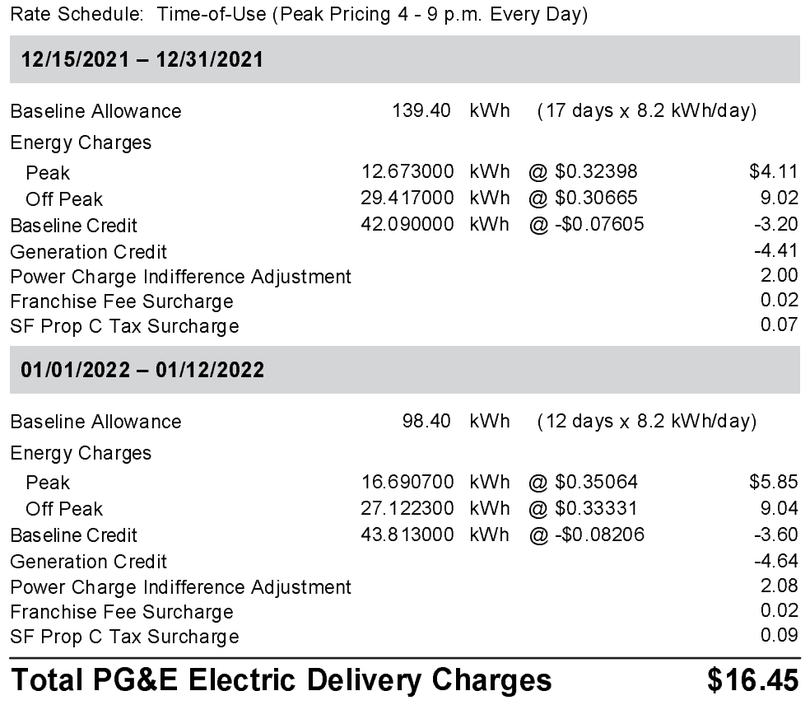
Know Your Monthly Electricity Consumption
It's crucial to make sure you're correctly calculating the amount of electricity you use each month. Many bills will break down your daily use or show you how your monthly usage changes throughout the year. Confirm that you're measuring and assessing your usage for your current billing cycle, which is typically monthly. Avoid confusing a daily rate with a monthly rate!
Daily and Monthly consumption:
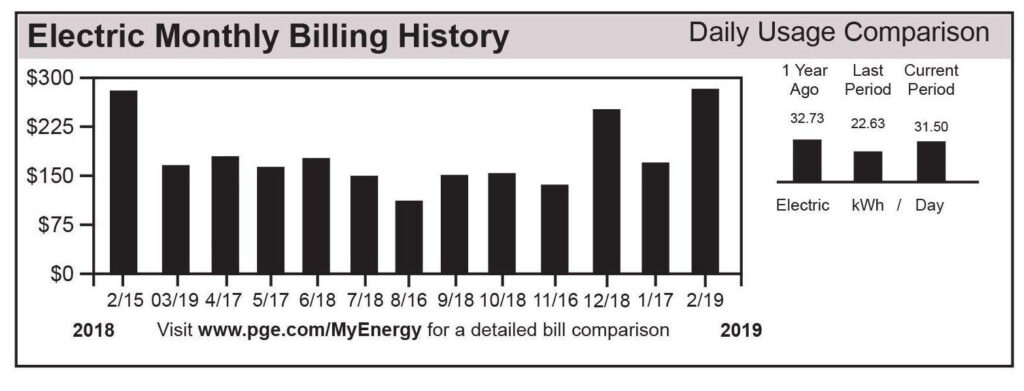
Calculate Your Monthly Electricity Cost
When you're figuring out how much you spend on electricity, it's essential to break down your bill for an easy comparison of your usage and its cost. The simplest way is to measure your consumption rate just like your utility does, usually on a monthly basis unless you're on a budget billing plan.
You should be able to divide your total electricity bill by the total number of kWh you used in that month. For instance, if your bill is $81.18 and you used 311 kWh of electricity, the result is $0.26/kWh. This calculation gives you a clear idea of how much your electricity really costs!
Power Players in California
- Pacific Gas & Electric
- Southern California Edison
- Los Angeles Department of Water & Power
- San Diego Gas & Electric
- Sacramento Municipal Utility District
- Glendale Water and Power
Will Solar Panels Pay for All My Electricity?
Solar panels can be specifically designed to cover 100% of your household's electricity needs, essentially replacing your utility electric bill with a more economical and consistent payment towards the solar system.
It's crucial to differentiate between a solar bill and an electricity bill. The solar bill comprises your monthly payments for the solar system. If you opt for financing, your solar bill equates to your monthly loan payments. If you make a cash payment, your "solar bill" essentially represents the net cost of your system spread out over its lifespan. For instance, if you spend $17,500 on a solar system with a 25-year warranty (300 months), you're essentially disbursing $58 per month for the electricity it generates.
On the other hand, your electricity bill covers the monthly payments made to your utility for electricity service.
The primary objective of most home solar systems is to minimize the electricity bill, ensuring you're primarily paying for your solar system. Opting to finance your solar equipment presents several advantages compared to paying an electricity bill.
1. Monthly payments for solar loans remain consistent, unaffected by your electricity consumption.
2. These payments may be less than your existing average electric bill, resulting in immediate savings from the first day.
3. In contrast to utility rates, solar loan payments remain constant and do not escalate over time.
4. By opting for a solar loan, you're investing in an owned asset that enhances your home's value, as opposed to purchasing electricity on a per-kilowatt-hour basis.
Ultimately, home solar empowers you with the authority to determine the source of your electricity and the method of payment, a level of control not provided by utility companies.
How Solar Helps You Save On Electric Bills
Solar panel systems offer savings by cutting down your monthly electric costs. While a $50 or $100 electric bill might not appear significant when paid monthly, these expenses accumulate swiftly over ten, twenty, or thirty years. For instance, if your current monthly electricity cost is $100, you'd end up spending over $87,000 on electricity in the next thirty years. This projection assumes a 5.5% annual increase, accounting for inflation and average annual electric rate hikes.
Installing solar panels enables you to cut down or potentially eliminate your electric bill. By investing upfront in solar panels, you're essentially prepaying for the electricity you'll consume over the next 25 to 30 years. Determining your savings from solar is straightforward – just subtract the cost of solar from what you would have paid for electricity otherwise.
| Existing Electric Bill | 10 Year Cost | 20 Year Cost | 30 Year Cost |
| $50 | $7,700 | $21,000 | $43,000 |
| $100 | $15,000 | $42,000 | $87,000 |
| $150 | $23,000 | $63,000 | $130,000 |
| $200 | $31,000 | $84,000 | $170,000 |
| $250 | $39,000 | $100,000 | $220,000 |
How To Find Out How Much You’re Saving
Since saving money is one of the biggest reasons for going solar, homeowners often ask us how they can tell just how much money they’re saving by producing their own energy. The answer is that you can calculate the return you’re getting on your solar investment fairly easily, but exactly how you go about it depends on your solar billing structure and understanding how your utility company structures the information in your monthly billing statements.
The main difference between solar billing structures is how you’re compensated for “surplus” energy produced by your solar panels which was sent back to the utility grid because you didn’t need to use it. People living in some areas may also be subject to “time of use” billing or “demand charges” which are theoretically meant to reduce strain on the utility grid. You can find out more about all of this and how solar can help you save under different types of billing structures in this blog post.
Beyond this, seeing how much you’re saving with solar is simply a matter of understanding the way that different utility companies organize their billing statements. It would be impossible for us to cover each of the utilities in all of the states we operate in here. Fortunately, most of the major utilities in California where we’re currently doing solar installations already have guides to interpreting your bill.
Conclusion
Calculating the return on investment of solar panels and understanding how much you're saving is essential in maximizing the benefits of solar energy. Your solar billing structure and utility company billing statements play a crucial role in this process. By understanding the different types of solar billing structures and how utility companies organize their billing statements, you can easily calculate your savings. While it may be impossible to cover every utility company in all states, most major utilities in California have guides to interpreting your bill. Going solar not only benefits the environment, but it can also save you money in the long run.



